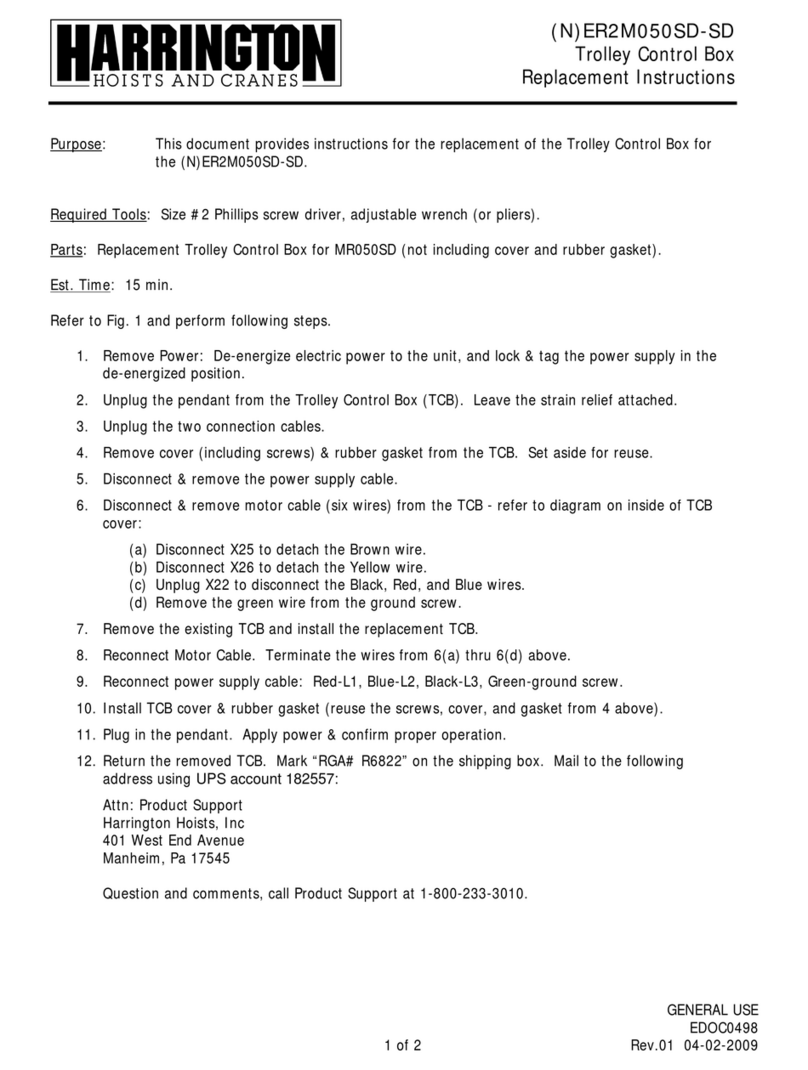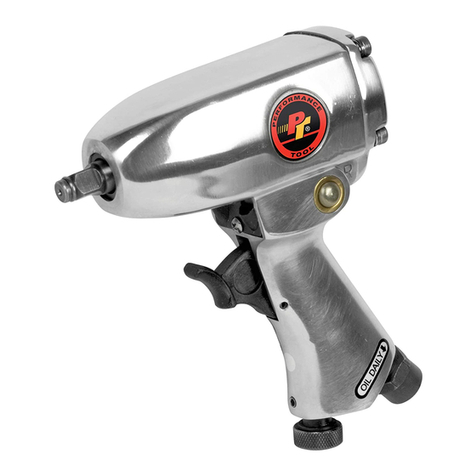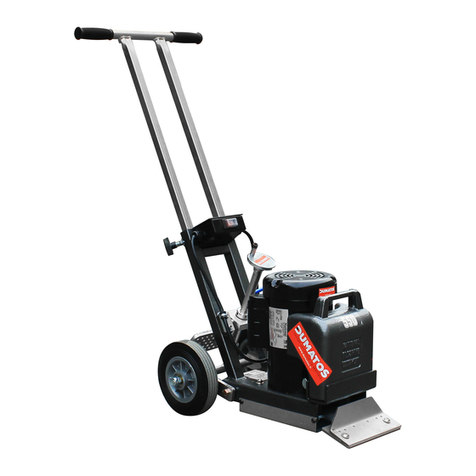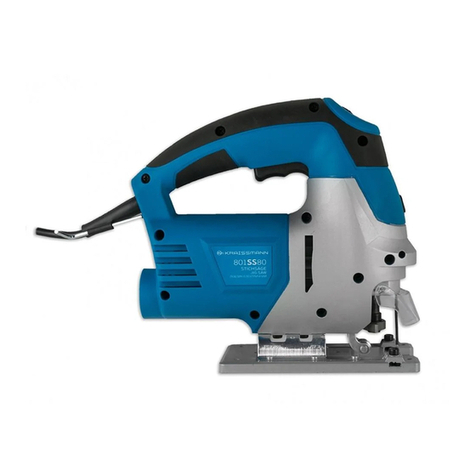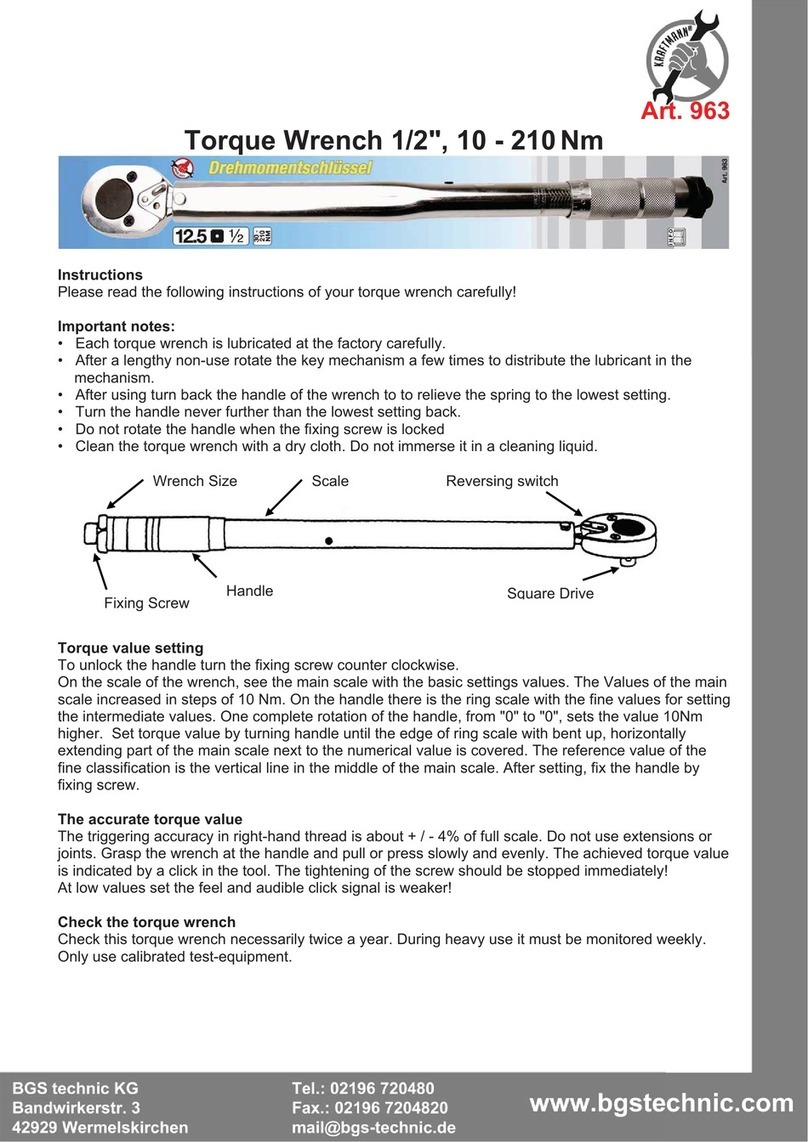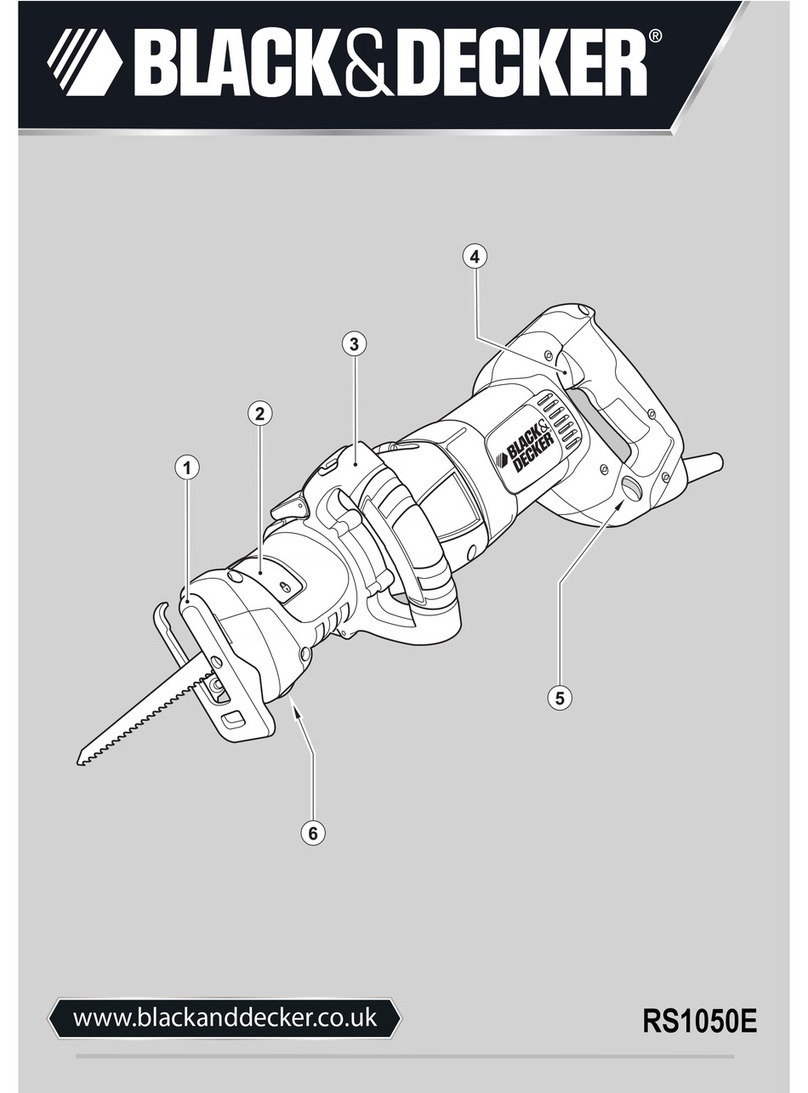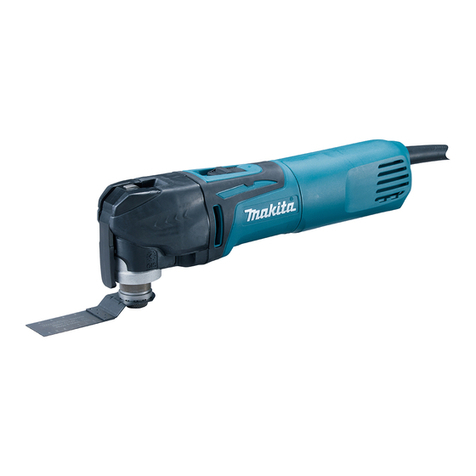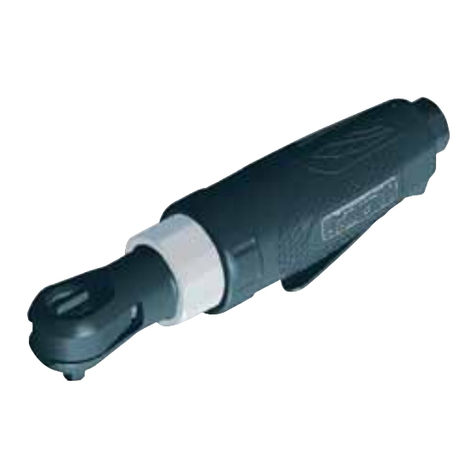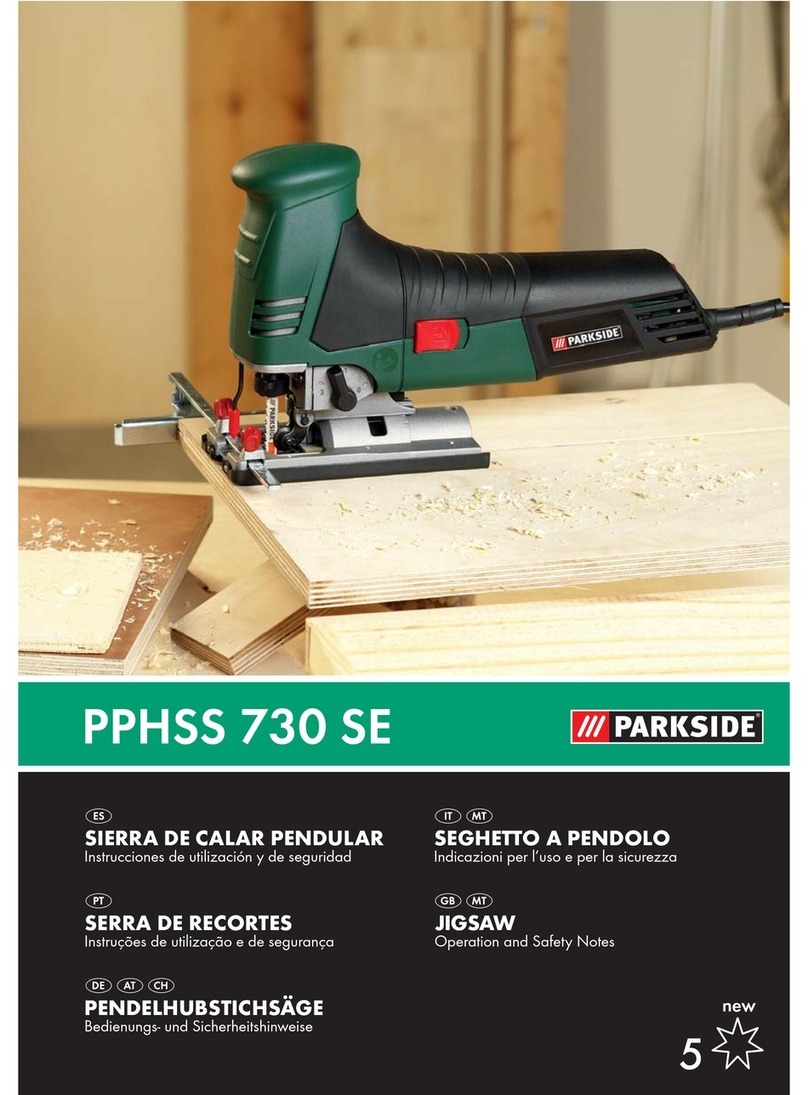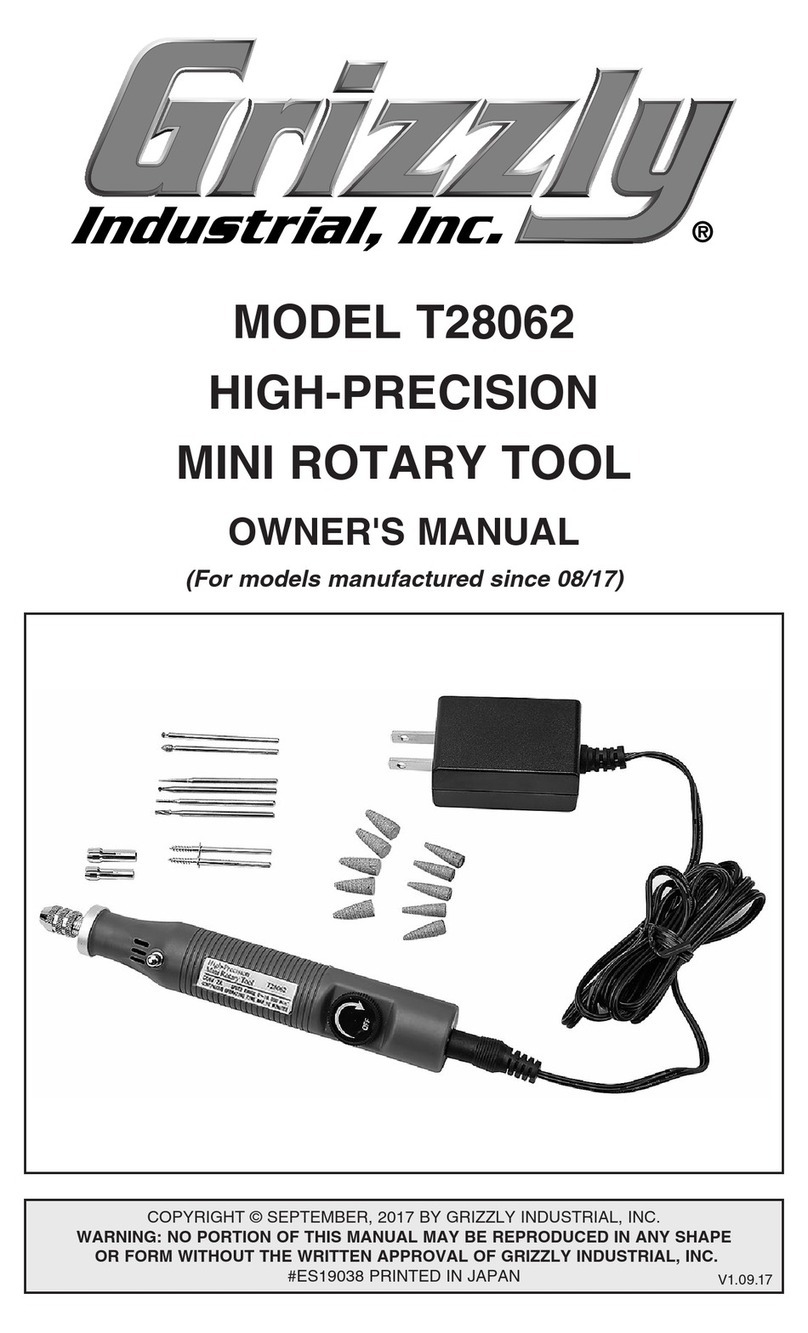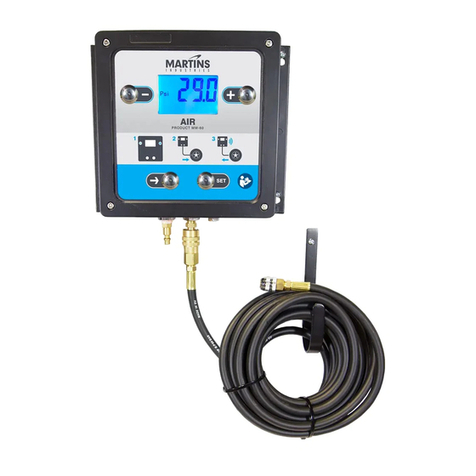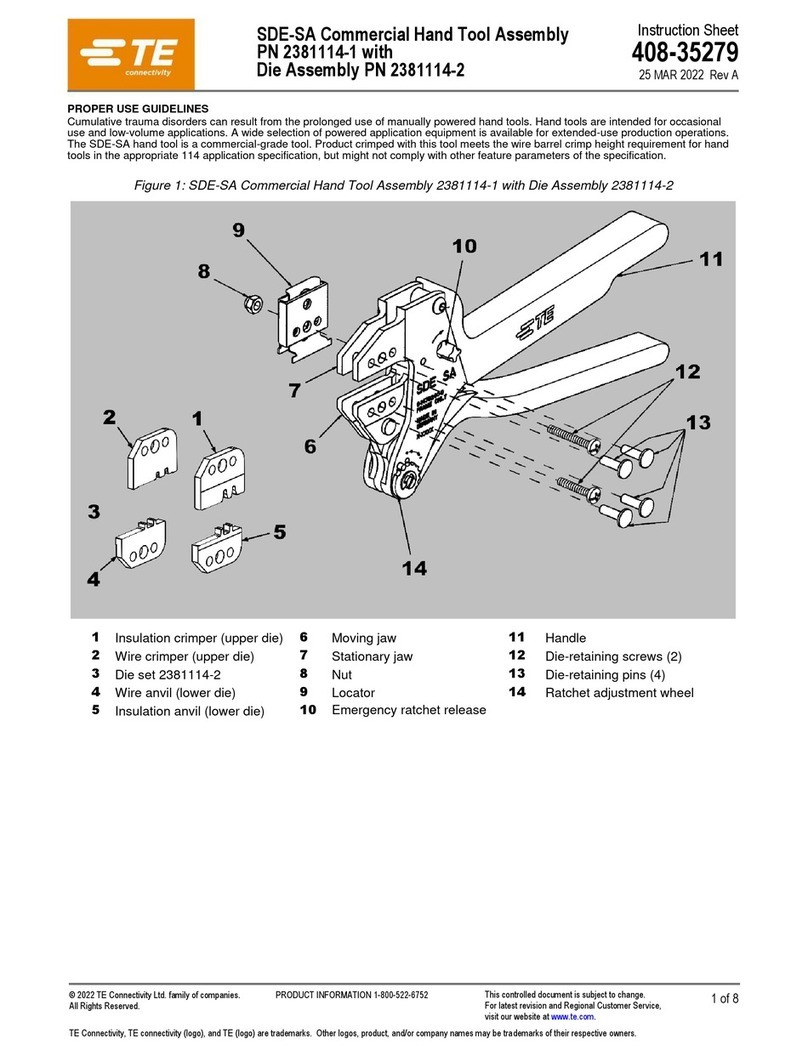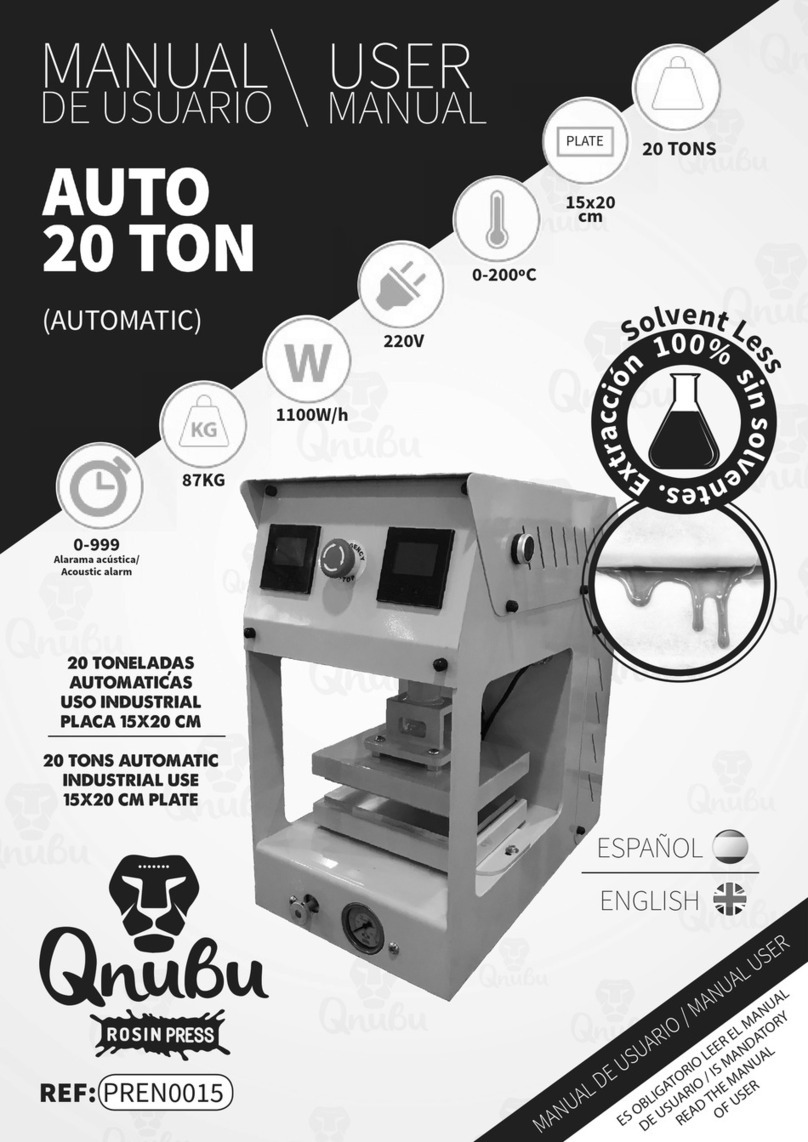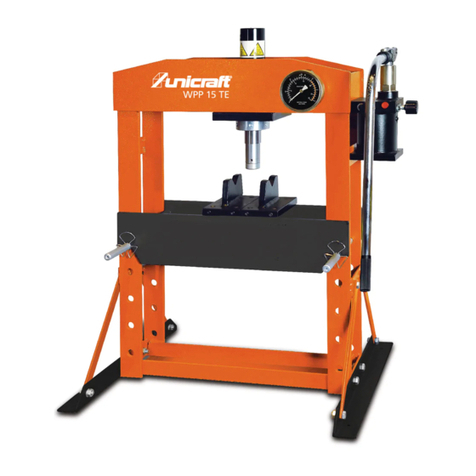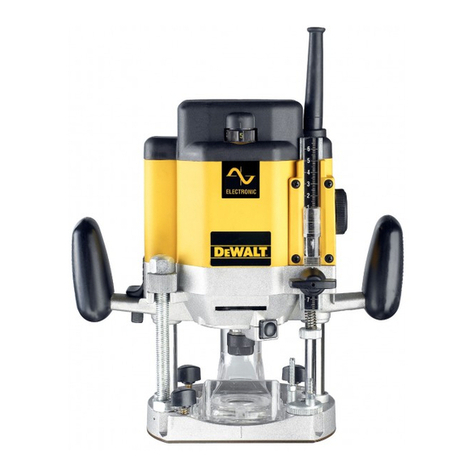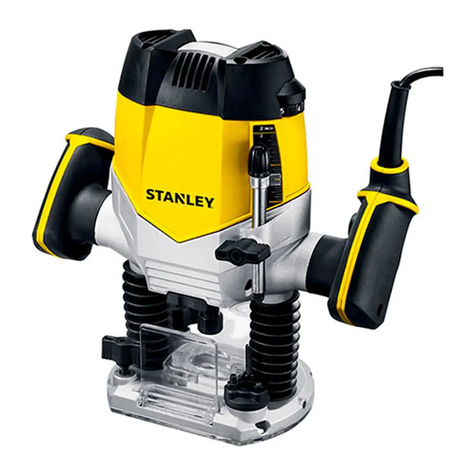MyTana M888 User manual

Manufacturers of Quality
Sewer & Drain Cleaning
Equipment since 1957
1.800.328.8170
Factory Direct Customer Service
M –F 7am – 5pm CST
Competent • Polite • Clear
www.MyTana.com
746 Selby Ave • St. Paul MN, 55104
fax: 651.222.1739
M888
Instruction Manual
011320

PG 2 MYTANA MS11-NG2 / MS9-NG2 / MSA-NG2 USER MANUAL
-IMPORTANT NOTICE-
THIS MACHINE IS NOT TO BE OPERATED BY ANYONE UNTIL HAVING
CAREFULLY READ THIS INSTRUCTION BOOK ON ITS USE.
IF ANYONE ELSE THAN THE ORIGINAL BUYER OF OUR EQUIPMENT
IS TO USE THE EQUIPMENT, THEN HE or SHE IS TO BE FURNISHED
WITH AN INSTRUCTION BOOK.
TO REQUEST NEW AND/OR ADDITIONAL INSTRUCTION BOOKS
PLEASE NOTIFY US AT:
MyTana Mfg. Co., Inc.
746 Selby Ave
St. Paul MN, 55104
(651) 222-1738 (800) 328-8170
STATE WHAT MODEL MACHINE AND WE WILL IMMEDIATELY MAIL
A COPY OF INSTRUCTIONS.
The model number of this machine is
M888
__________________________________

PG 3 MYTANA MS11-NG2 / MS9-NG2 / MSA-NG2 USER MANUAL
Spring
loaded
locking
pin
Revolving arm*
Cable IN Reel Unit*
*Not included with M888
base unit only purchase
Removable
pneumatic
loading wheel
Stair
climbers
Automatic
feed
Drive shaft
Drive arm
Air-actuated
foot pedal
Drive spring*
GFCI circuit
(built-in)
10” smooth
pneumatic tires
Identifying Parts
Stair climbers in the
UP position (for transport)
Brake
pad
Latch
Spring loaded
locking pin
Control Panel
Forward/
reverse switch
Main power plug
Air-actuated foot hose
Safety On-Off
toggle switch (must
be in "On" position
for air-actuated
pedal to work)
Stair climbers in the
DOWN position
Cord wrap
GFCI circuit (built-in)

PG 4 MYTANA MS11-NG2 / MS9-NG2 / MSA-NG2 USER MANUAL
Figure 1
Figure 3
Figure 2
Assembly
Step 1
Slide the automatic feed forward by
pulling down on the spring loaded
locking pin (under the autofeed slide
bracket).
Feed cable through the revolving arm.
Step 2
Insert the cable through the automatic
feed.
Place the revolving arm into the auto-
feed, pull down on the spring loaded
locking pin and slide the automatic feed
towards the reel so the revolving arm ts
into the reel unit.
Make sure the ring pin snaps into place.
Step 3
Fasten the drive spring at the back of the
reel to the drive arm (rod) which extends
from the main shaft.
The diamond shaped piece at the center
of the drive spring simply slips over the
pin at the top back side of the drive arm.
Now your machine is
assembled & ready
to operate
Assembly and Operating Instructions
Finished setup.

PG 5 MYTANA MS11-NG2 / MS9-NG2 / MSA-NG2 USER MANUAL
Operation
uSAFETY TIP: Wait to attach blades to cable until
you have the machine in place at your pipe-
opening or clean-out. The blades are sharp and
are potentially dangerous if left on during trans-
portation. Always remove blades after you have
completed the job!
NOTE: Before starting your rst job, please read
the paragraph on“Building up torque” on page 7.
When operating the machine, place it about 3 feet from
the opening in the pipe. An experienced operator may
nd it more comfortable to vary the distance, but only
slightly (Figure 1). Once in place, swivel the
stair climbers down into the“wheel locking”
position. Any of the single-unit blades may
be used, but it is best to use a blade much
smaller than the inside diameter of the pipe
or sewer to begin the job.
Remove the clean-out plug and insert the
cable, with blade attached, into the pipe
by hand with a twisting motion. When you
have passed the bend, continue to rotate
and push the blade about 5 or 6 ft into the
pipe, making sure it is not caught or bound
so that it can rotate freely (Figure 2).
When starting the machine, the operator
should have his foot ready to press on
the air-switch foot pedal. You can aid the
startup by giving the reel a slight push in a counter-clockwise
motion while pressing on the pedal (Figure 3). This allows for
much easier starting and longer life for the motor. The machine
always rotates counter-clockwise (facing the reel from the front
of the machine).
uThe on-o toggle switch on the control panel should
be in the “on”position for the foot pedal to work.
The forward/reverse switch should be in the forward
position, even when pulling (retrieving) the cable out
of a line.
3'
Figure 1
Figure 3
CAUTION - READ CAREFULLY!!
All operators should read entire instruction manual before operating the M888.
See separate instruction sheet for operation with Autofeed/retriever unit.
ALWAYS HAVE BLADE
5 OR 6 FT INTO PIPE
AND FREELY MOVING
BEFORE YOU START
MOTOR
Figure 2

PG 6 MYTANA MS11-NG2 / MS9-NG2 / MSA-NG2 USER MANUAL
Always remember to stack the cable snugly against the
outer diameter of the reel while operating the machine
As you operate the machine, place one hand on the cable
close to the switch (See Figure 4) to prevent any throwing of
the cable.
Gently pull the cable out of the machine a little at a time. You
will nd that it will move itself into the sewer.
When the operator has had sucient experience, his“touch”
will tell him the extent of tension to allow the cable before
pulling back from the obstruction; however, inexperienced
operators should be cautious and allow the cable only about
5 seconds to cut through. If the blade doesn’t release, pull it
away from the obstruction and try again. The freed blades
spin rapidly when torque is released. Use the combined force
of the reel rotation and cable torque to optimize your cutting
power. This action will be more eective and will shorten the
length of time on the job.
Difficulties
If at anytime the cutting blades become stuck and cannot
be released, shut o machine immediately and hold cable
close to the switch to prevent the cable from coming out
of the machine. Continue holding cable with one hand and
unhook the spring cleat with the other hand (Figure 5). Let
the reel spin backwards, removing the strain on the cable.
After the reel stops, spin it backwards a few more turns. This
may release the obstructions that can be wrapped around
the cutting blades. When the cable is released, pull the cable
out of the pipe, clean o any obstruction accumulated on
the blades or cable, and insert it into the sewer again, still using the
smaller blades. Larger blades can be used after the smaller ones
have been through the full length of the pipe.
Obstructions
When the blade hits an obstruction, it can be readily felt by the
operator. Give the blade a few seconds to release; if it doesn’t pull
back the cable just enough to free the blade, allowing it to rotate
freely again. Continue this until you have reached the end of the
pipe. Withdraw the cable gently and feed it into the machine,
where the same counter-clockwise rotation will re-wind it snugly
into the reel - SHUT OFF THE MOTOR AND THEN CHANGE BLADES!
After the rst opening is made, turn on the nearest faucet so that
water will ush the loosened debris. Allow the water to run contin-
uously during the entire job. Follow the rst opening with slightly
larger blades until you can use a blade that will actually scrape the
sidewalls of the pipe or sewer. Each job is a new problem in itself,
and the operator will master each situation as it arises. Mastering
the operation of the machine can be sped up by carefully
following these simple rules during and on-the-job operation.
DO NOT LEAVE MOTOR RUNNING UNATTENDED!
Figure 5
NEVER HOLD
CABLE LIKE
THIS. IT IS
DANGEROUS
HOLD AS IN
FIGURE 4
(above)
Figure 4

PG 7 MYTANA MS11-NG2 / MS9-NG2 / MSA-NG2 USER MANUAL
SPLICING cables get you bent out of shape?
See our how-to video on this
process at
YouTube.com/videoMytana
Building up Torque
As the reel revolves, it generates power and stores up energy in the
cable if the blade at the front of the cable has been stopped by an
obstruction.
When the rotating blade contacts an obstruction that it cannot
cut through quickly, or at all, the cable naturally continues to wind
up with the rotation of the reel. This wind up builds up torque, or
tension, which acts as a powerful spring motor. If too much tension
is allowed in the cable, it will lash in the operator’s hands or can whip
wildly and dangerously out of control (Figure 5). The torque build
up is an extremely powerful force and the operator must always be
warned of its potential danger.
NEVER LET THIS HAPPEN
Figure 10
Splicing Cables
No welding necessary
NOTE: When ordering splicing cores or male
ends, please specify the size cable they are
for.
1. When splicing, the ends of the cable should
be ground so that when put together it should
hardly be noticeable. DO NOT spread the cable
if it is dicult to start the core. Instead, grind the
tip of the core slightly, but ONLY THE TIP, as it
must t tightly into the cable.
2. Clamp one end of the cable vertically into a
bench-vise, with the end of the cable about
2” above the vise. Screw half the core into the
cable counter-clockwise. Now lower the same
cable so that the end will be even with the top of
the vise, still pointing upward, and so that only
the exposed half of the core is above the vise.
Tighten the vise as much as possible to prevent
the core from being unevenly divided when
joining the other cable.
3. Turn the other cable (counter-clockwise) onto
the exposed half of the core, making sure that
both ends of cables t tightly against each other.
4. The same procedure applies when inserting the
core of a male end into a cable.
Reel Change Quick Guide
Disconnect back-
end cable
Release revolving
arm
Change reels
Unhook drive spring
from cleat on drive
arm. No Belt!
Re-engage
revolving arm
Hook drive spring over
cleat on drive arm

1.800.328.8170
Factory Direct Customer Service
M –F 7am – 5pm CST
Competent • Polite • Clear
www.MyTana.com
746 Selby Ave • St. Paul MN, 55104
fax: 651.222.1739
Table of contents

